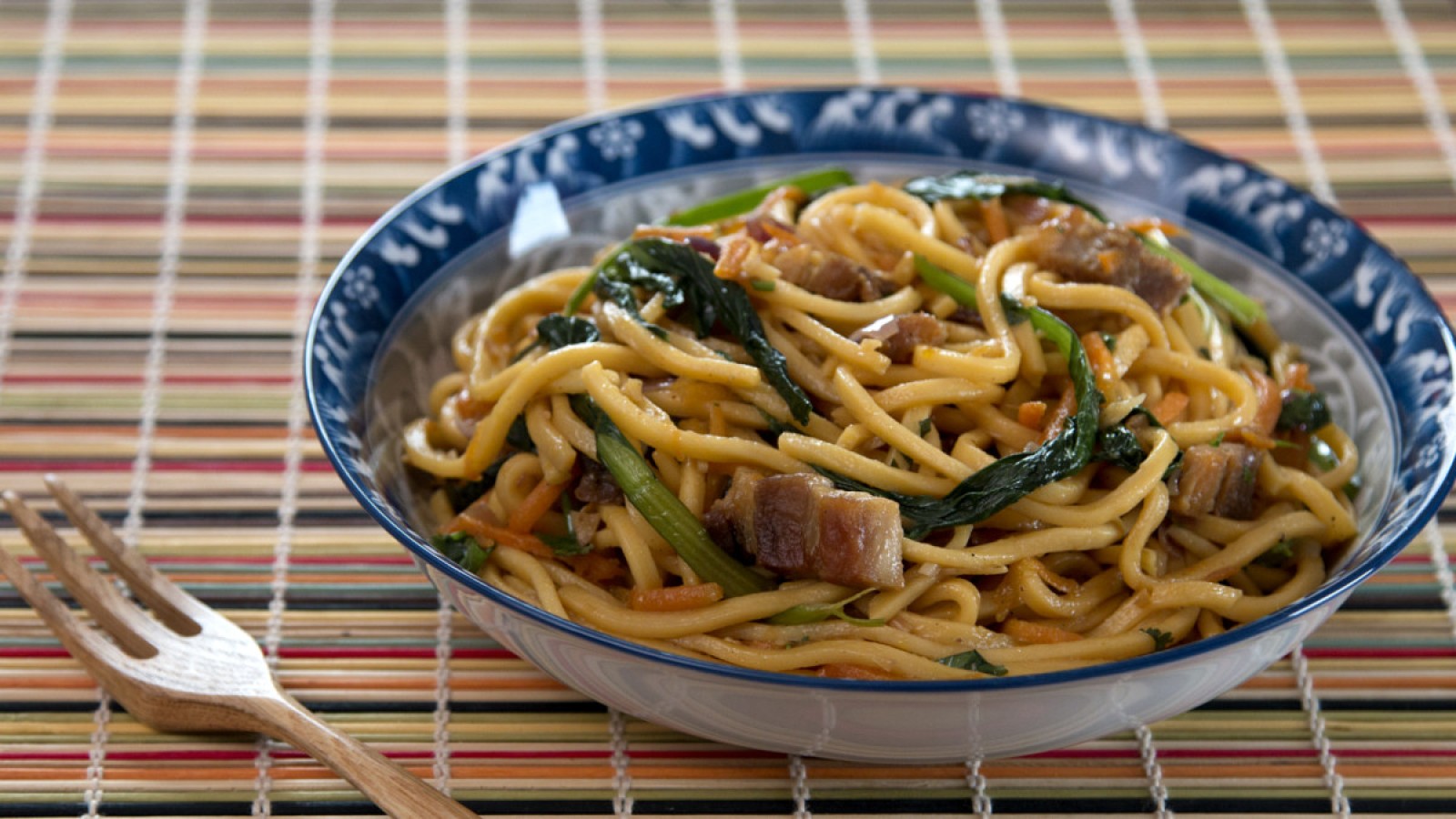How to Make your Brand Stand Out
Being a newbie in any industry is tough, most especially in the cutthroat world of food and bever-ag...

December 14, 2022
Pancit is a general term used to describe various noodle dishes that can be found in the Philippines.
Pancit is a general term used to describe various noodle dishes that can be found in the Philippines. While definitely influenced by Chinese immigrants, Filipinos have grown to love it so much that every region, city, town, or household has their own spin on what a pancit should be depending on the ingredients readily available to them. Noodles can either be stir-fried in oil flavored with aromatics, proteins, and vegetables, or they can be braised in a broth or sauce for a warming soup or a rich and slurpy meal.
The noodles used are of different varieties depending on the region and the method of cooking. Most pancit from the more remote areas remained obscure because fresh noodles do not keep well and supply is reliant on artisans who make them based on heirloom recipes. However, many have adopted natural and technical drying methods so that these noodles can have a longer shelf life and are now sold in supermarkets in bigger cities and even abroad.
Probably the most commonly associated noodle with pancit is called bihon, a thin rice vermicelli. It cooks quickly and is perfect for stir-fried dishes like Bihon Guisado (guisado meaning stir-fried), simply seasoned with soy or fish sauce and topped with a variety of meat and vegetables, finished off with a squeeze of calamansi. Another common variety is canton, which are round egg noodles with the thickness of spaghetti and is perhaps the closest in flavor to its Chinese origins. The eponymous noodle dish is braised in a flavorful pork or seafood broth with aromatics, sauces, and sliced vegetables.
Miki is probably the most versatile of the noodle varieties in the Philippines, Either soft or dried, thin or thick, these flat yellow egg noodles can be found in different parts of the country with many unique regional versions. In the Ilocos region and most of northern Luzon, the Vigan Miki is cooked in a simple broth that is colored with achuete oil. Down south in the province of Quezon, miki Lucban (named after the town) is a vital ingredient in Pancit Habhab as the noodle itself imparts the dish’s distinct flavor. The fatter miki used in Lucena, Quezon’s Pancit Chami is braised in a thickened sweet and spicy broth until the dry noodles soften.
Another unique pancit is the Pancit Bato of Camarines Sur because it uses a particular kind of noodle that comes from the town of Bato. Aside from the noodle, the stir-fried dish itself is not all that different from Pancit Canton or Pancit Miki, with the cooking procedure following similar steps and utilizing the same ingredients.
Sotanghon and misua are both vermicelli noodles, but the former is made from mung beans and the latter from rice. While they look almost identical, the difference is in the texture: sotanghon is smooth and slippery, which is why it is also called glass or cellophane noodles. Pancit Sotanghon is usually simply cooked in chicken broth and colored with achuete oil, topped with vegetables and shredded chicken from where the broth was cooked. The thin and soft noodles of misua are perfect for meatball soup or used to prepare a special noodle dish that the Filipino-Chinese give to each other when celebrating birthdays.
While Pancit Palabok and Malabon look almost identical, they are two distinct dishes since palabok uses thin cornstarch noodles and Malabon utilizes thick rice noodles. Both are flavored with a complex shrimp-based sauce brightly tinged orange with annatto seeds, then topped with shrimp, chicharron, fried garlic bits, and vegetables.
Pancit is such a dominant part of our culinary identity that the demand for these noodles all over the world is evident in their availability in supermarket stores where there is a thriving Filipino community. It truly is one of the best ambassadors of Filipino food and our culture as a whole.
Check out these food fusions between Filipino and Middle Eastern cuisines
The unending quest for healthy and sustainable food amid changing lifestyles
A quick look at the Philippine food staple often getting a bad health rap